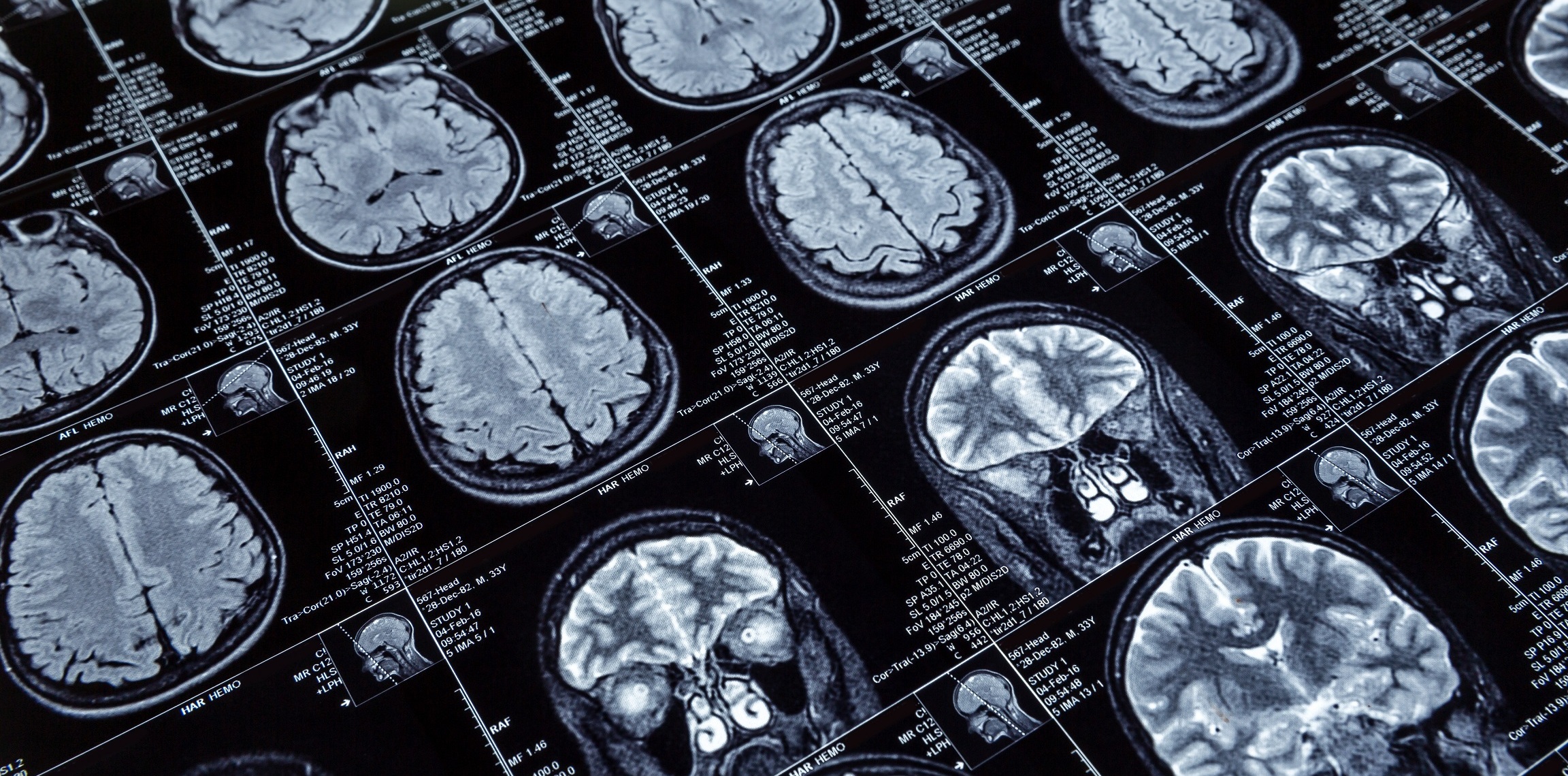
The team will be developing a prototype device to measure ataxia thanks to funding received from the Biomedical Translation Bridge program administered by MTP Connect.
The $500,000 in funding was announced today by the Minister for Health, the Hon. Greg Hunt MP, with US-based advocacy organisation Friedreich Ataxia Research Alliance (FARA) confirming they will match the government’s investment.
“Ataxia is seen in a number of diseases including multiple sclerosis, stroke, and hereditary forms of neurodegeneration like Friedreich Ataxia,” explained Dr David Szmulewicz from The Florey.
Fellow researcher, Associate Professor Louise Corben from the Murdoch Children’s Research Institute outlined the current challenge of treating ataxia.
“Whilst there are multiple treatments in development for heredity forms of ataxia in particular, without clinicians being able to make objective measurements for the condition it makes it difficult to understand the effectiveness of these. We believe that developing a device which uses sensors and sophisticated algorithms to assess ataxia progression will allow these treatments to be fast tracked,” said Associate Professor Corben.
The team from The Florey, Deakin University and Murdoch Children’s Research Institute has spent more than five years developing the concept and are hopeful about the benefits that the project will bring to patients.
Project lead Professor Malcolm Horne from The Florey said the funding will provide various health benefits for patients.
“Although our ultimate aim is to find effective treatments, the ability to monitor ataxia progression will allow everyday lifestyle improvement for many people. Falls, injuries and movement challenges are common for people living with ataxia. We expect that the device can become used in routine care and to inform clinical decisions,” said Professor Horne.
The project has been supported by MTPConnect, the Australian Government’s BTB program is a $22.3 million Medical Research Future Fund initiative that provides up to $1 million in matched funding to nurture the translation of new therapies, technologies and medical devices through to proof of concept to turn innovative medical ideas into reality.
The full announcement by the Minister for Health can be found here.